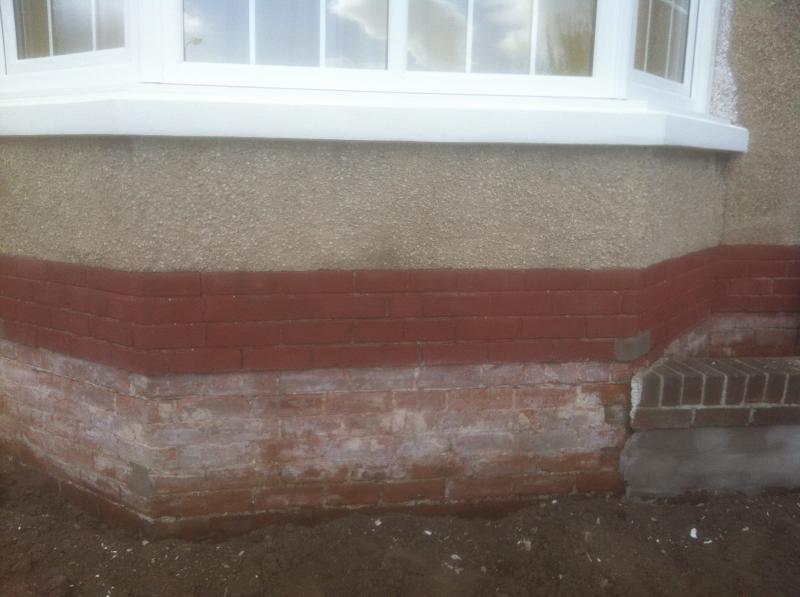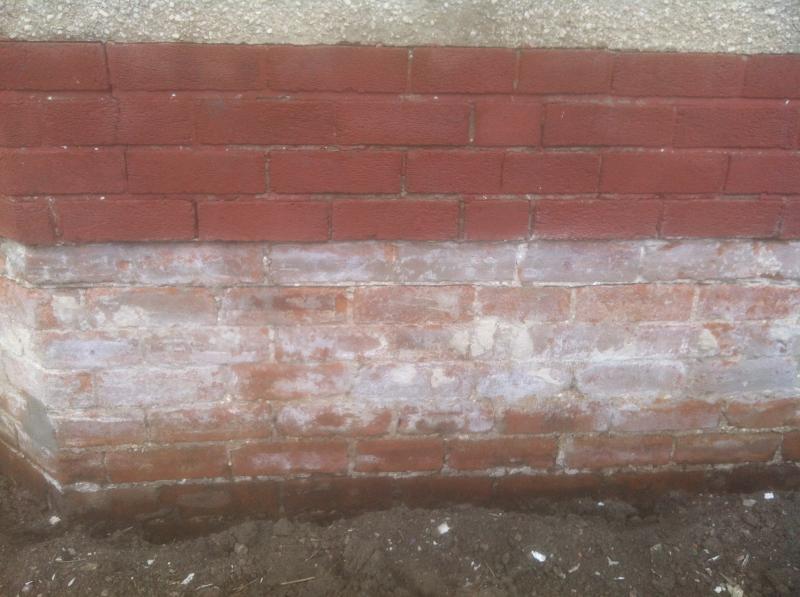I am trying to work out how to fix a bell cast bead that will have a rendered plinth below but without bridging the dpc or leaving a strange looking gap of exposed brick.
I was going to put the bead just above the DPC with the downward sloping base of the bead dropping to level / just below the dpc. Then I was going to render a plinth the just below the dpc but it's how much gap I need to leave that is the problems (would look silly with a cm or two of bare brick). I was hoping to go to just a few mm below the dpc and hopefully the gap would not be too visible due to the overhang of the bell cast bead. Is this correct?
Thanks if anyone can help.
p.s. - I'm here with the beads in hand ready to do the job so any quick replies would be really appreciated !!!
I was going to put the bead just above the DPC with the downward sloping base of the bead dropping to level / just below the dpc. Then I was going to render a plinth the just below the dpc but it's how much gap I need to leave that is the problems (would look silly with a cm or two of bare brick). I was hoping to go to just a few mm below the dpc and hopefully the gap would not be too visible due to the overhang of the bell cast bead. Is this correct?
Thanks if anyone can help.
p.s. - I'm here with the beads in hand ready to do the job so any quick replies would be really appreciated !!!



